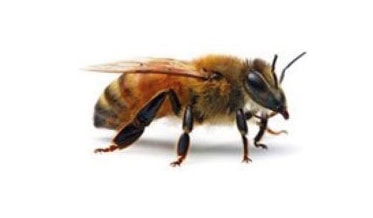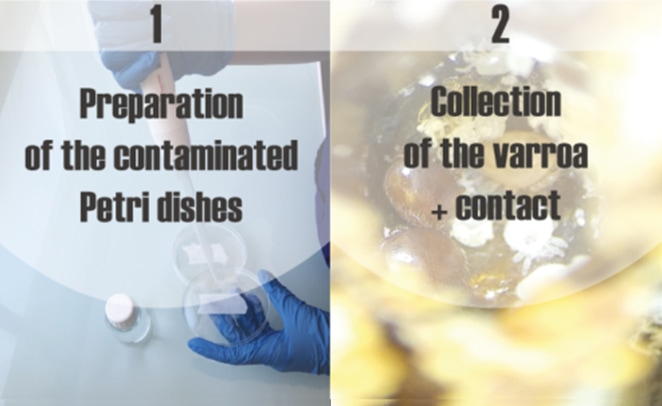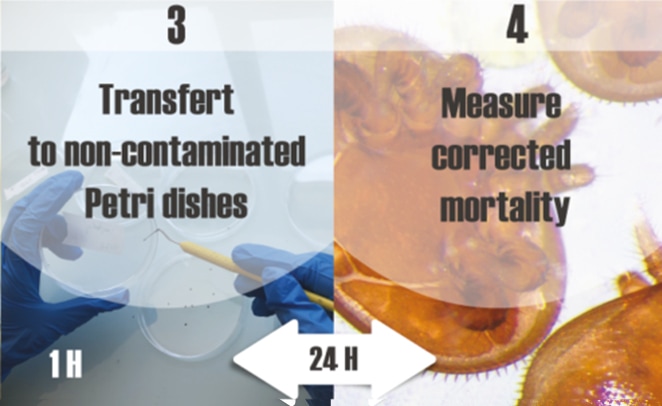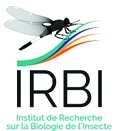Varroa destructor resistance tests
Evaluate the sensitivity/resistance of your Varroa mites to acaricides
Would you like to know the sensitivity and resistance of your varroa mites
to different acaricide molecules?
Keeping honey bees healthy, in particular by combating varroa mites, is a priority for the global beekeeping industry.
The use of acaricides for several decades has led to the development of resistance and a loss of efficacy of the active ingredients. This is why one of today’s beekeeping issues is to assess and limit the development of Varroa destructor resistance to synthetic acaricides. A new tool for diagnosing the state of resistance in Varroa populations would enable acaricide treatment to be adapted and resistance to be limited.

Adapt your treatments
and improve their effectiveness!
The sensitivity/resistance test can be used in several circumstances :
- Pre-treatment : know the state of sensitivity/resistance of varroa mites in order to adapt your treatment.
- Post-treatment : the infestation rate is still too high and you want to know whether resistance to the acaricide active substance has developed for other years.
Protocol
The protocol is based on the standardized method of Milani (1995) in the Beebook (Dietemann et al, 2013)
and modified by Lindberg et al, 2000 and Maggi et al, 2008.


Results
Consult the results of past years thanks to the “Varroa resistance” map made with our data since 2018.
Practical Guide
Would you like more information about varroa mite resistance?
Discover the practical guide “Resistance to varroa destructor” published by Interapi for which Apinov was a technical support.
This synthesis will provide you with practical information to understand the mechanisms of resistance in varroa, their influence on the effectiveness of treatments and identify technical solutions for beekeepers.
From a collaborative research project with :




